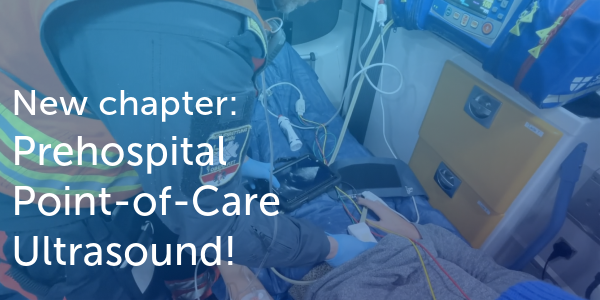Old and New
As echocardiographers, we tend to think that a thorough exam and a well-written report is all we need. No, there is one more thing that is just as important: image documentation. This case example will show you the value of having a digital storage system, which allows you to reevaluate an exam and to compare older exams with the new ones.

Coming back for echocardiography
Mr. Miller came for a routine echo-checkup ten years after valve surgery. He arrived at our office with a bundle of prior echo-reports which all praised the excellence of the surgical result. He had been abroad for a couple of years and the last study that was performed at our office was 6 years old. All other reports were only available “on paper”.
The new exam
So here is the echocardiogram we performed
video platform video management video solutions video player
The four-chamber view shows an annuloplasty ring
video platform video management video solutions video player
Color Doppler displays a mitral regurgitation jet that “flows” around the annuloplasty ring (paraannular regurgitation).
The color-Doppler confirmed our suspicion that something was seriously wrong with the anterior portion of the implanted Carpentier-ring. We call this problem “partial dehiscence”. We quantified mitral regurgitation as moderate.
The old exam
At this point we did not know whether the leak occurred just recently or if it just had never been noticed previously. It was never mentioned in any of the previous reports. But can we trust them? You know how difficult it sometimes is to detect a very eccentric jet. If the leak had always been there then it might have been the surgeon’s “fault”. If it was new then something must have happened more recently. Maybe an infection? Or something else?
True, this information will not change our opinion that Mr. Miller should not undergo surgery at this point. After all mitral regurgitation is only moderate and he is asymptomatic. But it will change our opinion on how closely we should monitor him.
Fortunately, we have been using a digital storage system for over 6 years now and we found his prior study.
video platform video management video solutions video player
Four chamber view showing the annuloplasty ring 2 years after its implantation
video platform video management video solutions video player
Color Doppler of the flow across the mitral valve. No regurgitation is present
Okay, the Image-quality back then was not stunning – echocardiography certainly did get a lot better over the years. And we have a new machine now. But at least the old images allowed us to prove that mitral regurgitation was not present previously. It must be new. But more importantly: look at the size of the left ventricle. Note that it is larger now. But what is even more stunning: look at the ventricle. The direct comparison shows that the ventricle appears larger and that left ventricular function has actually deteriorated. Going back to the reports, left ventricular function had always been described as normal.
Could it be that progressive annular dilatation is actually the cause of regurgitation? Who knows?
So what?
We will certainly monitor the patient more closely to see if mitral regurgitation progresses and left ventricular function deteriorates further. In addition, we will check on signs of heart failure.
Certainly, one could also store studies on videotapes. But remember this is a dying technology. Newer systems are not even equipped with video recorders any more. Video recorders are simply not produced anymore. So switch to digital as soon as possible. You will get more out of echocardiography that way.
And by the way also consider switching to digital learning and visit our online teaching platform: 123sonography.com
Recommended articles:
The View from the Top
Turn Lights On
Where is Waldo (Part 1)?

